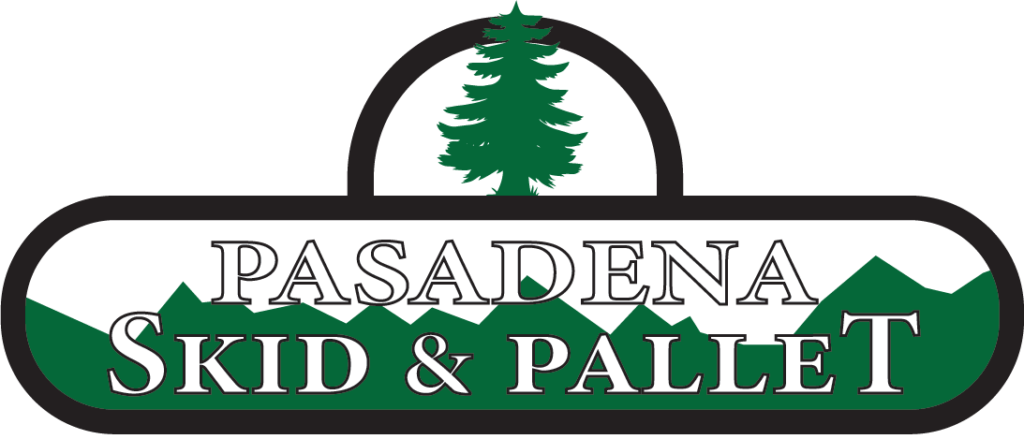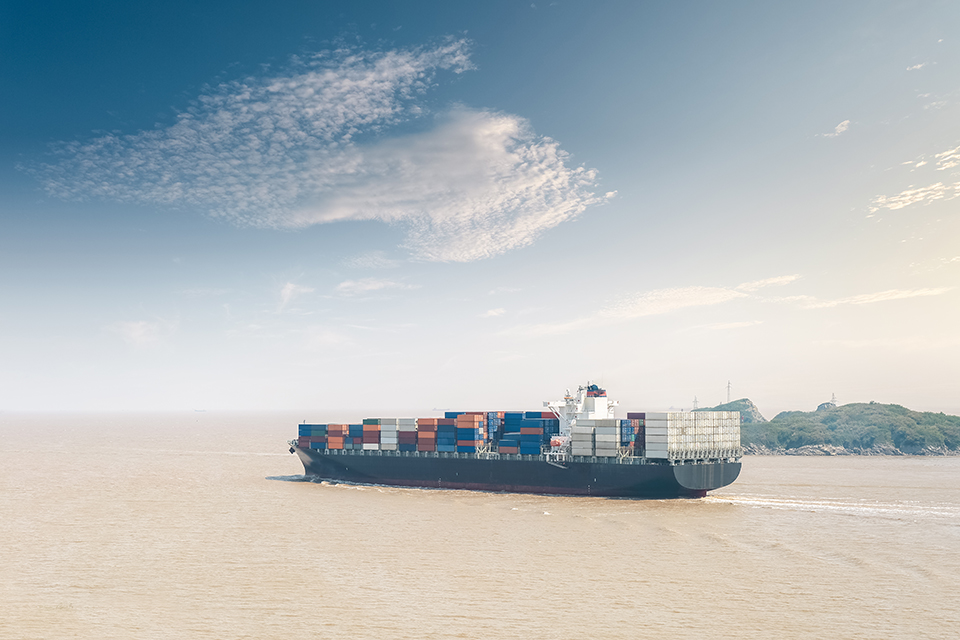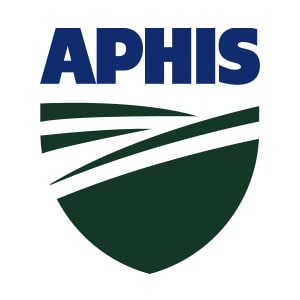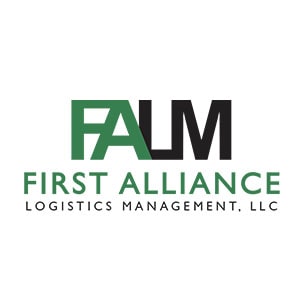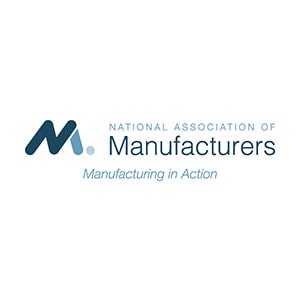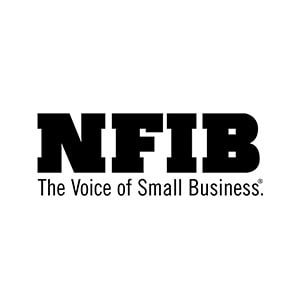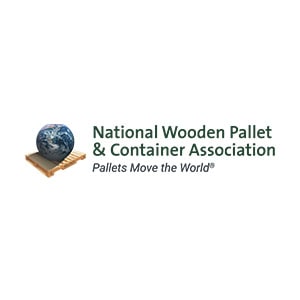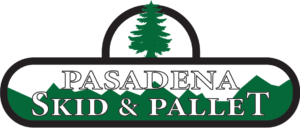Performing a Unit Load Device serviceability check can be vital to keeping your air freight operations safe and efficient. Here are a few things to know about performing a ULD serviceability check. Air cargo vs. ocean freight Whether you are considering an air or ocean route for your next cross-country excursion, there are many factors […]
Category: Packaging
Pallet Logistics of America
Pallet Insights Pallet Logistics of America is one of the largest pallet recycling companies in the USA. They have multiple sites and need a solution to track their business. The solution they chose, Pallet Insights(TM), offered the same features as their existing system and provided more. The solution also integrates with Microsoft Dynamics 365 (formerly […]
Five Reasons to Choose Custom Packaging for Your Business
If you run a business that packs and ships items, you’re already familiar with the need for custom packaging. When it comes to packaging your products, one size does not fit all. Having a variety of packaging material, shapes and sizes at your disposal is important so you can avoid waste and escalated shipping costs. […]
